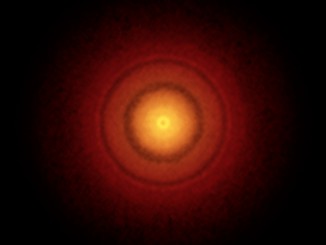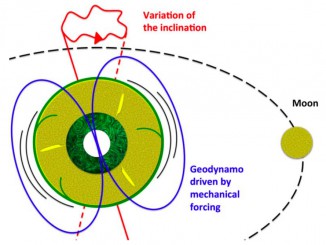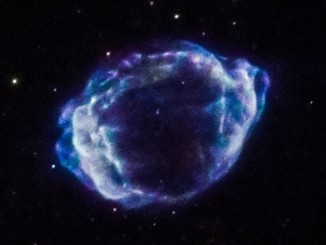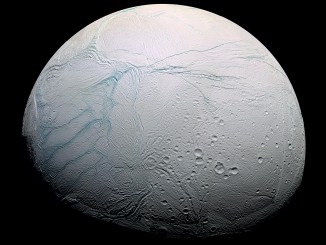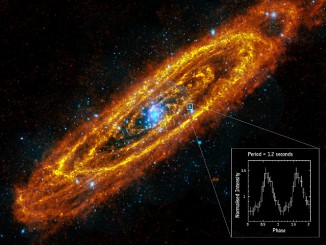
Andromeda Galaxy’s first spinning neutron star found
Decades of searching in the Andromeda Galaxy has finally paid off, with the discovery of an elusive breed of stellar corpse — a neutron star, by ESA’s XMM-Newton space telescope. Neutron stars are the small and extraordinarily dense remains of a once-massive star that exploded as a powerful supernova at the end of its natural life.

